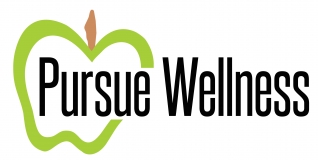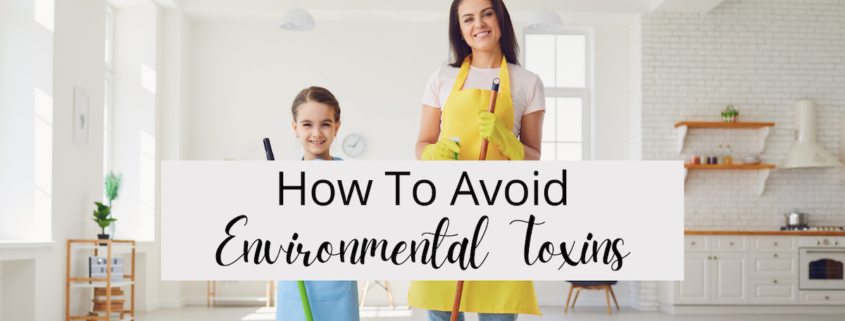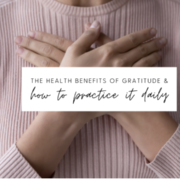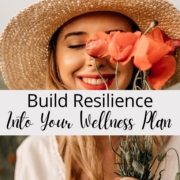How To Avoid Environmental Toxins
Spring is in the air, and I wonder whether you are enjoying the beauty outside as much as I am? I wonder, along with outdoor beauty, does spring conjure up thoughts of spring cleaning for you, or was that a different generation? Aside from an added focus on the nooks and crannies of your home, you might consider cleaning out some of the other hidden nasties and how to avoid environmental toxins.
I often share about the importance of eliminating toxins for your health, and I’m wondering if you know that their concentrations can be up to 5 times higher indoors than outside? And many of us spend up to 90 percent of our time indoors!
Toxins Are Everywhere
In the water we drink, the food we eat, the air we breathe, even the very products we use to “clean” our homes and our bodies!
It turns out that many of us have an overburdened liver that struggles to detoxify our bodies from the onslaught of toxins. Symptoms of toxic overload may include digestive problems, bad breath, fatigue, constipation, headaches, hormonal imbalance, itchy skin, rashes, joint pain, brain fog, irritability, chemical sensitivity, and weight loss resistance — just to name a few!
Whatever we inhale, ingest, and absorb into our skin eventually ends up circulating in our bodies. From cleaning products and cosmetics to pesticides and exhaust fumes, we’re exposed to thousands of chemicals a day.
Women, on average, use 12 personal care and cosmetics products per day, which amounts to 168 different chemical ingredients!
Some common examples of toxins in our homes include:
- Plastics – These often contain formaldehyde and BPA, both damaging to the thyroid.
- Xenoestrogens – These endocrine-disrupting chemicals mimic the effects of the sex hormone estrogen and include soy, BPA, phthalates, and parabens. They are often found in makeup, moisturizers, soaps, toothpaste, hair care products, detergents, and household cleaners.
- Mold – can lurk in damp areas in the home such as air conditioning systems, bathrooms, recently flooded areas, attics, basement areas, and spaces under kitchen sinks, especially in moist climates. Exposure to toxic molds can trigger immune dysfunction, and contribute to respiratory, digestive, and cognitive symptoms.
- Fluoride – a thyroid-suppressing halogen found in our water and toothpaste. A 2015 British study found that areas with fluoridated water were twice as likely to have patients with hypothyroidism.
Other ingredients to watch out for include triclocarban, retinyl palmitate, retinol, PEG, chlorine, bromine, ceteareth, polyethylene, DMDM hydantoin, formalin, toluene, dibutyl phthalate, mercury, aluminum, and oxybenzone.
How To Avoid These Toxic Substances?
First and foremost – weather permitting – I encourage you to spend more time outdoors in the fresh air. If your allergies allow it, I also encourage you to open up your windows and doors to air out the house, at least weekly.
Then, I encourage you to start small. Take a look at the products you use every day — the detergent you wash your clothes in or the lotion you rub on your skin and the toothpaste you use — and see if any of these ingredients are present. Then, begin upgrading your home by replacing your products with safer choices.
Over the years, I’ve worked to eliminate as many harmful toxins as possible to protect my family’s health. I replaced most plastic in my kitchen with glass jars and glass storage containers. I also focused on buying more organic foods, and swapped my personal hygiene products and cleaning supplies.










Leave a Reply
Want to join the discussion?Feel free to contribute!